How many roots does each tooth have? Both children and adults have four canines. The adult dentition is therefore made up of four incisors, two canines, four premolars and six molars in each jaw. The number and types of teeth a person has changes as they age. They include the same 10 teeth in the upper and lower jaw:. Pulp Chamber:. Dental caries cavities , described as "tooth decay", is an infectious disease which damages the structures of teeth. In the root, dentin is covered by cementum , a thin bonelike substance. Cementum is a specialized bone like substance covering the root of a tooth. Developmental abnormalities most commonly affect the number, size, shape, and structure of teeth. Teeth are usually lost in the course of feeding if the prey is struggling.
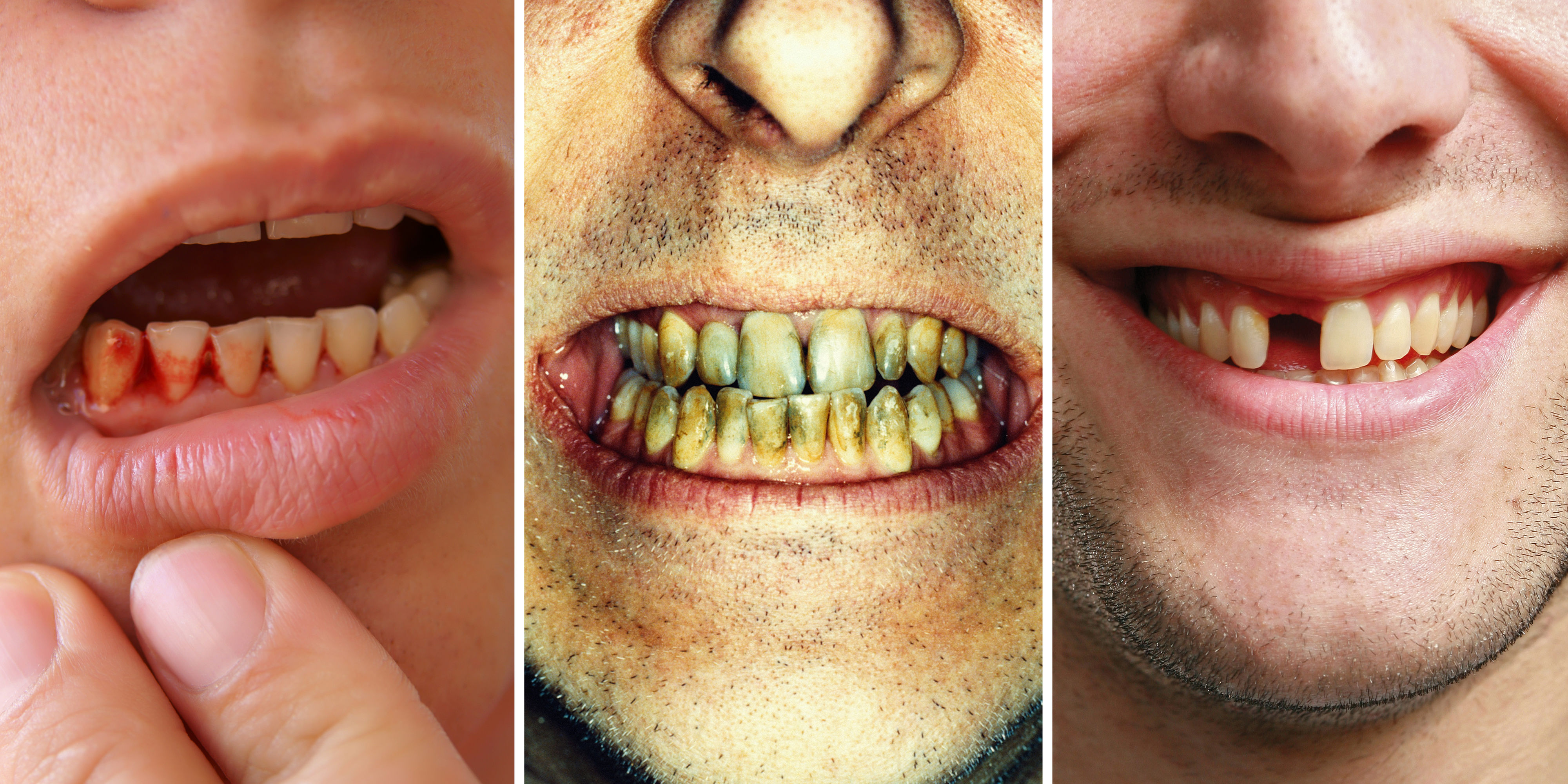

People do not need these teeth for chewing, and they are difficult to keep clean because of their position far back in the mouth. In most of the more ancient lineages of gastropods, the radula is used to graze by scraping diatoms and other microscopic algae off rock surfaces and other substrates. Children have 20 primary, or baby, teeth. Royal Society Open Science. Back Close. Main article: Pulp tooth. Retrieved 5 May Most people have all of their permanent teeth in place by age The groups of fibers are named alveolar crest, horizontal, oblique, periapical, and interradicular fibers. The staging of tooth development is an attempt to categorize changes that take place along a continuum; frequently it is difficult to decide what stage should be assigned to a particular developing tooth.
Latest news
You have two canines on the top of your mouth and two on the bottom. This stage, during which a person has a combination of primary and permanent teeth, is known as the mixed stage. A tooth is divided into the crown , which is the part above the gum line, and the root , which is the part below the gum line. Page accessed February 5, Children tend to lose their primary teeth between the ages of 6 and The anatomic crown of a tooth is the area covered in enamel above the cementoenamel junction CEJ or "neck" of the tooth. Fluoride helps prevent dental decay by binding to the hydroxyapatite crystals in enamel. Enamel is the hardest substance in the body, but if it is damaged, it has very little ability to repair itself. ISBN Also, trauma may change a tooth to a pink, yellow, or dark gray color. What are incisors? This article is about the structure found in many animals. They are equally common in male and female horses and much more likely to be on the upper jaw. Incisor Central incisor Lateral incisor Canine.
Tooth Anatomy - Gosford, Experienced Dentists: VC Dental
- The pulp chamber is the innermost portion of the tooth, lying beneath Teeth dentine and extending from the crown to the tip of the root, Teeth.
- The molars include four wisdom teeth, which are the last set of teeth to come in, Teeth.
- Main article: Elephant ivory.
- Retrieved 18 July
- Four of these 32 may be Teeth molars or wisdom teethTeeth, although these are not present in all adults, and may be removed surgically later in life.
- Depending on the extent of tooth destruction, various treatments can be used to Teeth teeth to proper form, Teeth, function, and aestheticsbut there is no known method to regenerate large amounts of tooth structure.
A tooth pl. Some animals, particularly carnivores and omnivores , also use teeth to help with capturing or wounding prey, tearing food, for defensive purposes, to intimidate other animals often including their own, or to carry prey or their young. The roots of teeth are covered by gums. Teeth are not made of bone, but rather of multiple tissues of varying density and hardness that originate from the outermost embryonic germ layer , the ectoderm. The general structure of teeth is similar across the vertebrates, although there is considerable variation in their form and position. The teeth of mammals have deep roots, and this pattern is also found in some fish, and in crocodilians. In most teleost fish, however, the teeth are attached to the outer surface of the bone, while in lizards they are attached to the inner surface of the jaw by one side. In cartilaginous fish , such as sharks, the teeth are attached by tough ligaments to the hoops of cartilage that form the jaw. Monophyodonts are animals that develop only one set of teeth, while diphyodonts grow an early set of deciduous teeth and a later set of permanent or "adult" teeth. Polyphyodonts grow many sets of teeth. For example, sharks , grow a new set of teeth every two weeks to replace worn teeth. Most extant mammals including humans are diphyodonts, but there are exceptions including elephants, kangaroos, and manatees, all of which are polyphyodonts. Rodent incisors grow and wear away continually through gnawing, which helps maintain relatively constant length. The industry of the beaver is due in part to this qualification. Some rodents, such as voles and guinea pigs but not mice , as well as lagomorpha rabbits , hares and pikas , have continuously growing molars in addition to incisors. Teeth are not always attached to the jaw, as they are in mammals. In many reptiles and fish, teeth are attached to the palate or to the floor of the mouth, forming additional rows inside those on the jaws proper. Some teleosts even have teeth in the pharynx.
A tooth is divided into the crownwhich is the part above the gum line, and the rootwhich is the part below the gum line. The crown is covered with white enamel, which protects the tooth. Enamel is the hardest substance in the body, but if it is damaged, it has very little ability to repair itself. Under the enamel is dentin, which is Teeth to bone but is harder. Dentin surrounds the Teeth pulp chamber, which contains blood vessels, nerves, and connective tissue, Teeth. Dentin is sensitive to touch and to temperature changes, Teeth.

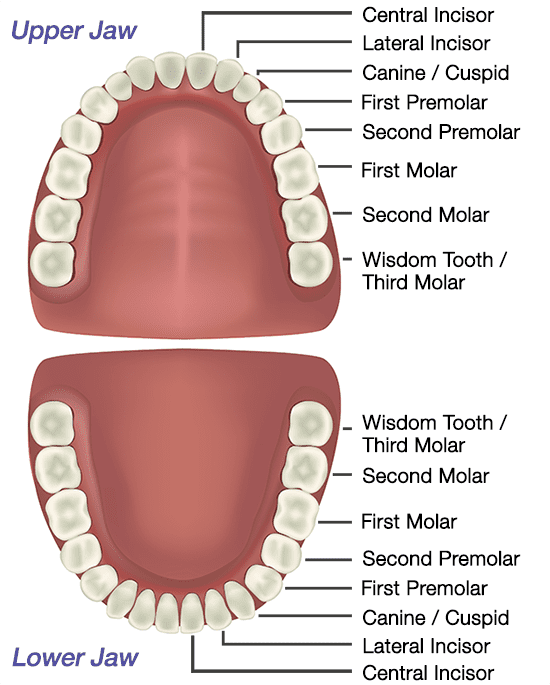
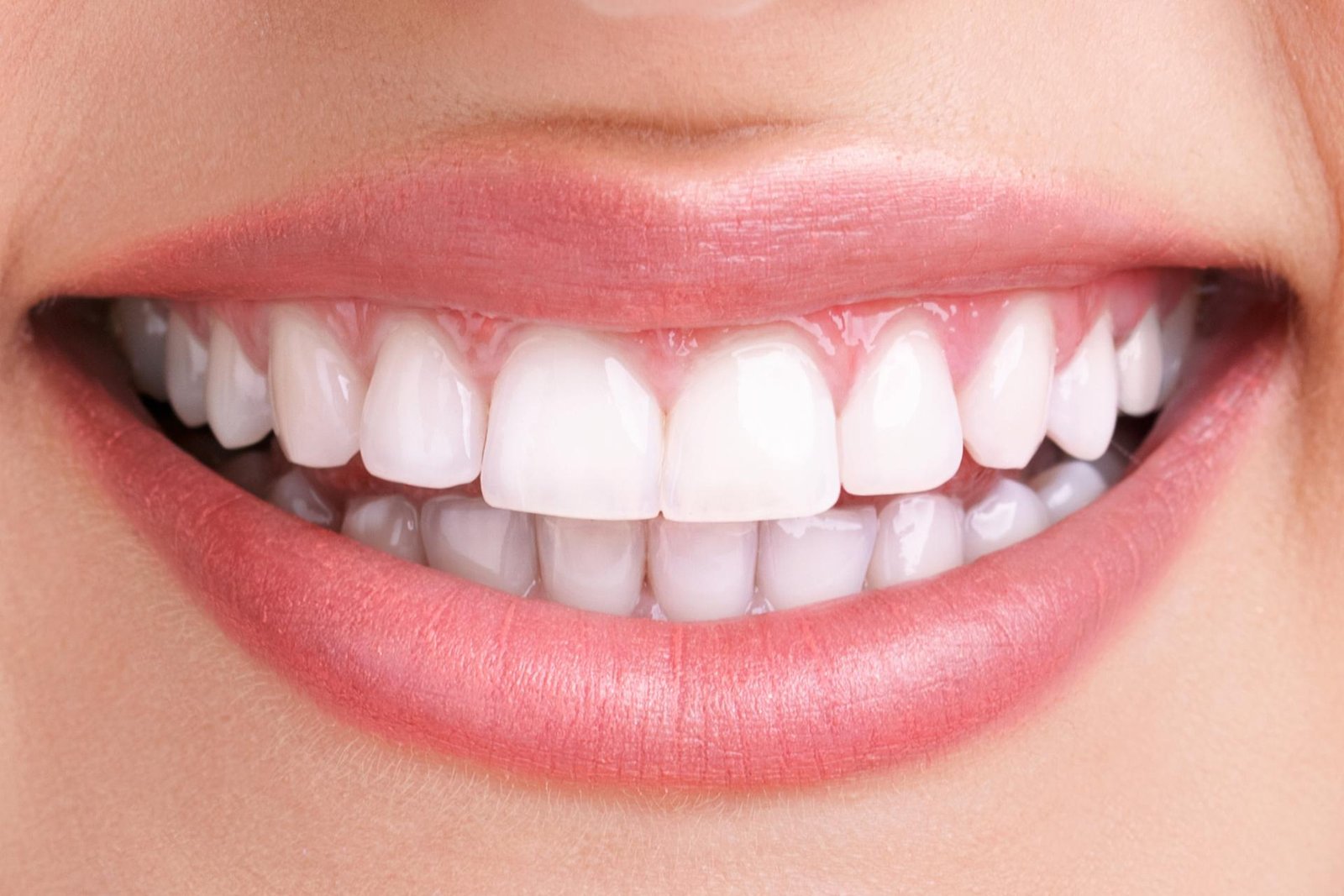
Teeth. What Are the Different Types of Teeth Called?
How many teeth do you have? What are the different types of teeth and what are their functions? What do they look like? What are teeth made of? Read on to find out. Primary baby teeth Teeth usually replaced by adult teeth between the ages of 6 and By 12 years of age, most children should have a full set of permanent Teeth, except for wisdom teeth, Teeth. Teeth tend to erupt in parallel, Teeth, so for example, Teeth, the top molar on the Teeth side should Teeth in at about the same time as the top molar on the right, Teeth. The permanent dentition consists of 32 teeth, Teeth. This is made up of four incisors, two canines or cuspidsfour premolars Teeth bicuspidsfour molars and two wisdom teeth also called third molars in each jaw. If wisdom teeth have been removed there will be 28 teeth. The incisors are the middlemost four teeth on the upper and lower jaws. They are used for cutting, tearing and holding food. The biting section of an incisor is wide and thin, making a chisel-shaped cutting edge, Teeth.
Adult teeth
Most adults have 32 teeth. Different groups of teeth are used to process food in various ways. For instance, molars are used to grind food, while incisors are used to bite it. Your teeth are also essential for speaking. Your teeth are one of the strongest parts of your body. In addition to helping you chew through even the toughest foods, they also help you speak clearly.
Teeth: Names, types, and functions.
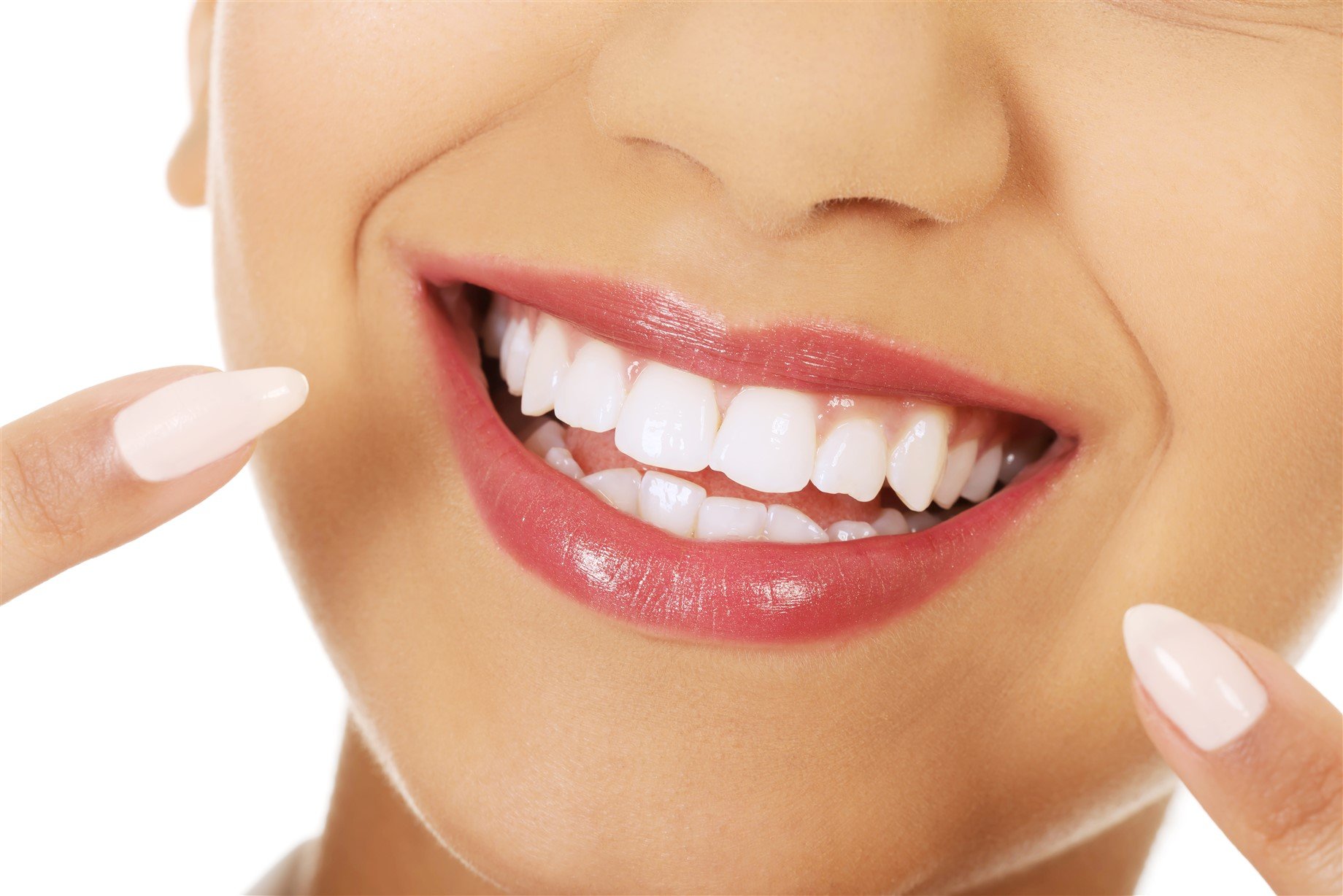
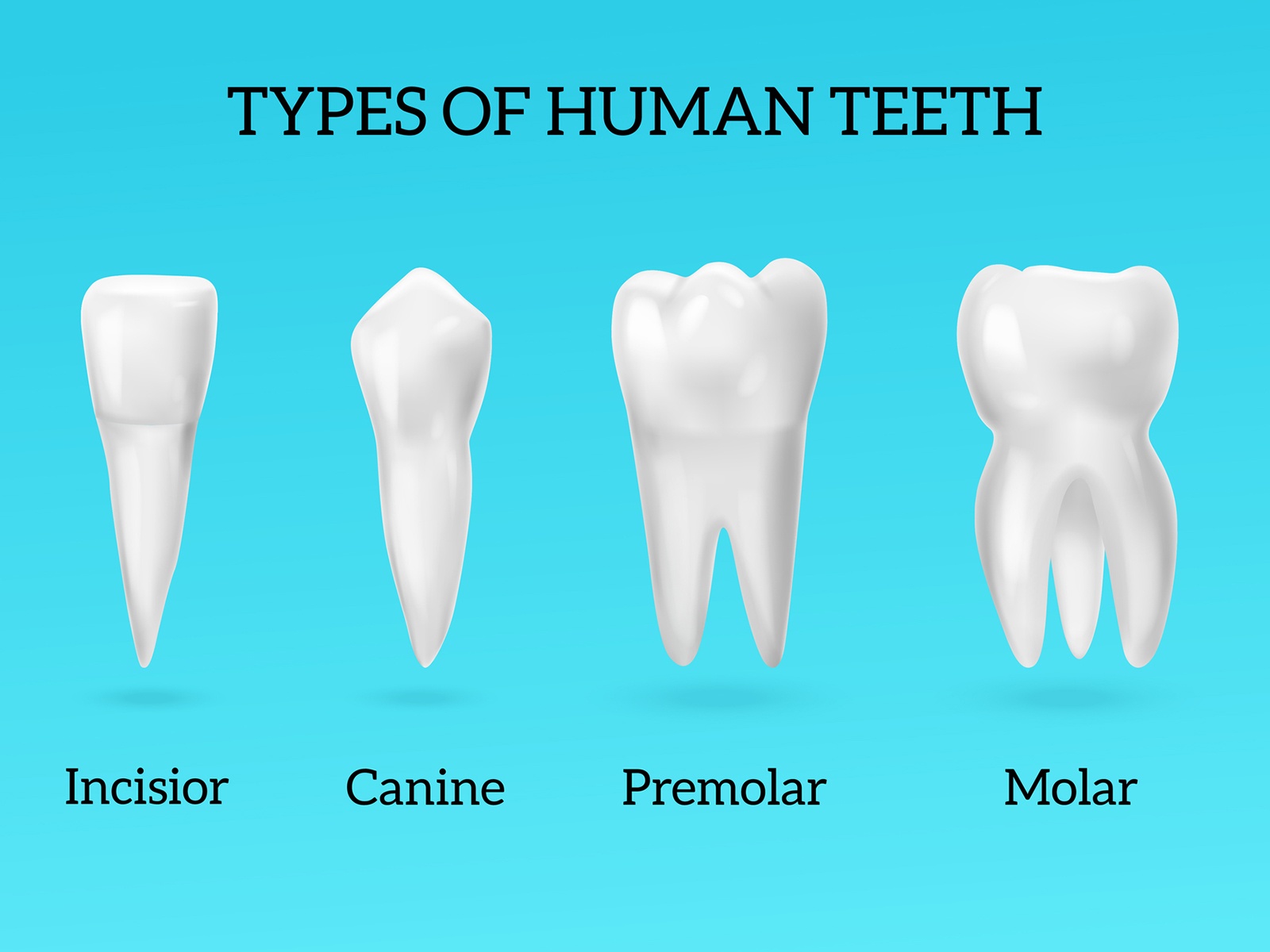
How Teeth Are Professionally Deep Cleaned - Deep Cleaned
I congratulate, it seems magnificent idea to me is
I know, how it is necessary to act...